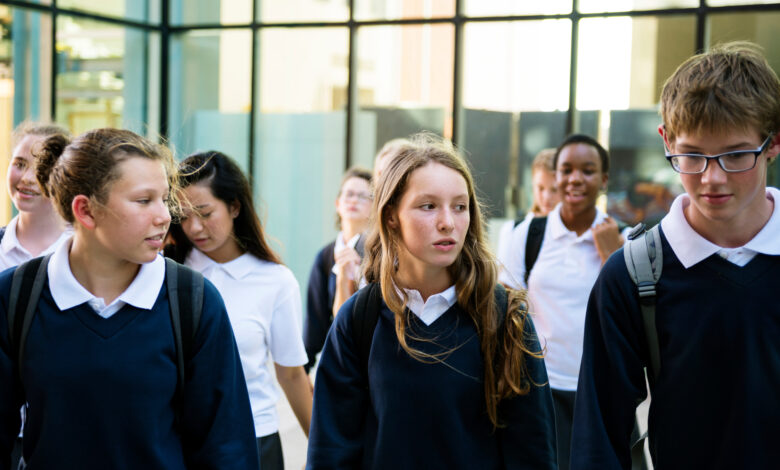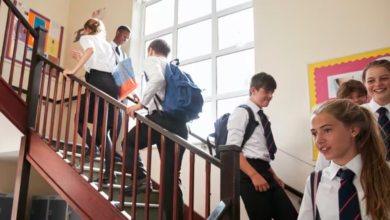Communities should work together on school attendance, urge educators
Latest attendance data causes continued discussion as education becomes a “political football” in the election year.

At the end of April, The Ministry of Education released attendance data for Term 4 of 2022, causing widespread discussion.
The figures showed just over half of students regularly attended school in that term – defined as being at school 90% of the time. This is an improvement on previous terms in 2022, especially Term Two, where record low saw just 40 percent of students regularly attending. Still, the Term Four figures are lower than Term Four figures for 2021, where 65 percent of students regularly attended.
Read the Term 1 edition of School News HERE.
Chronic absence (students at school less than 70 percent) was recorded at 12.4 percent of students, an 8 percent increase on 2021 figures for the same period. Tai Tokerau (Northland) recorded lowest regular attendance in this period at 38.9 percent, whereas Otago and Southland had the highest regular attendance at 56.6 percent.
MoE stated that the main cause of continued school absences at that time was COVID, which also impacted staff absence.
Following the figures, economist Cameron Bagrie sparked conversation with his comments on AM that these figures could lead to issues in New Zealand’s future.
“If kids are not turning up to school it’s not a great story in regards to their potential to be regularly turning up to work,” said Bagrie. He also called for education to become an election issue, stating that education will impact the entire country in future.
But educators insist that school attendance is already improving and cautioned that turning education into a political issue would hinder implementation of initiatives educators know will work.
President of the Te Tai Tokerau Principals Association Pat Newman noted that in Northland, 2000 more students were already regularly attending school in term one this year, accounting for the adverse weather of January and the teacher strikes in March.
Of those absent, Newman noted that half were from illnesses or other justified causes.
In August 2022, Northland schools launched the ‘Let’s Get to School’ programme, which aimed to improve attendance through measures like school lunches and ensuring schools were a desireable place for young people to be.
Newman noted that social media, ads and billboards made by students to target their peers, as well as targeted funding and reconnecting with whānau and the wider community were initiatives that were helping raise attendance rates.
“Knocking on doors and talking to people, saying ‘how can we help? What’s the problem? What do you need so your kids can come to school?’” said Newman.
Kate Gainsford, Chair of the Secondary Principals’ Council, agrees with Newman’s focus on the whole community approach. In a press release by secondary educators’ union PPTA Te Wehenegarua, she notes that although attendance rates are concerning, they’re not surprising following the pandemic and the issues it exacerbated, such as job insecurity, inadequate mental health support and health inequities.
“This is an issue that communities need to work together to address. Schools cannot do this on their own,” said Gainsford.
“The reasons children and young people stop attending school are complex and varied – there’s no one size fits all. Schools know their communities and what works for them. They work closely at whānau level to raise attendance on a case by case basis.”
“Every young person in New Zealand deserves a quality school education. Communities must work together to turn this situation around.”









